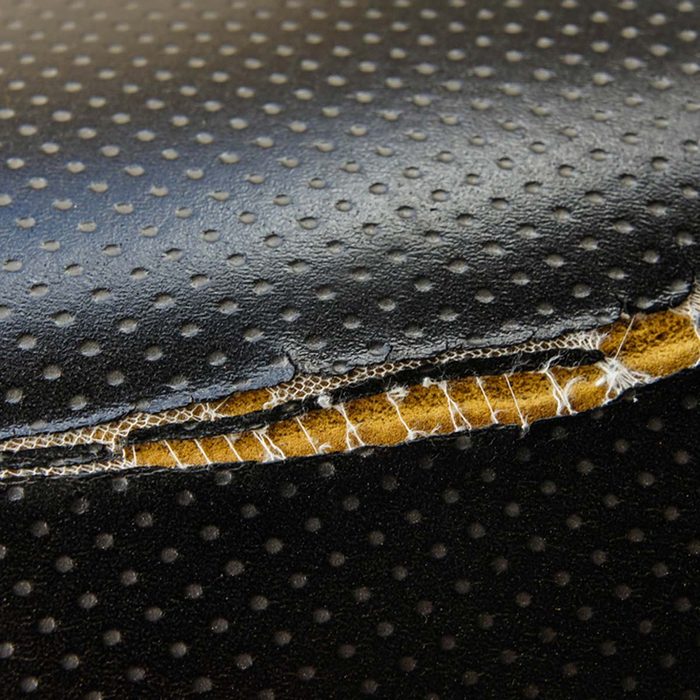
Minor car repairs
Next time you find a small tear in your car’s upholstery, use a little super glue to keep the rip from opening more. You can also use super glue to repair disconnected mirrors or patch cracked lights.
Check out 100 more car maintenance tasks you can do on your own.
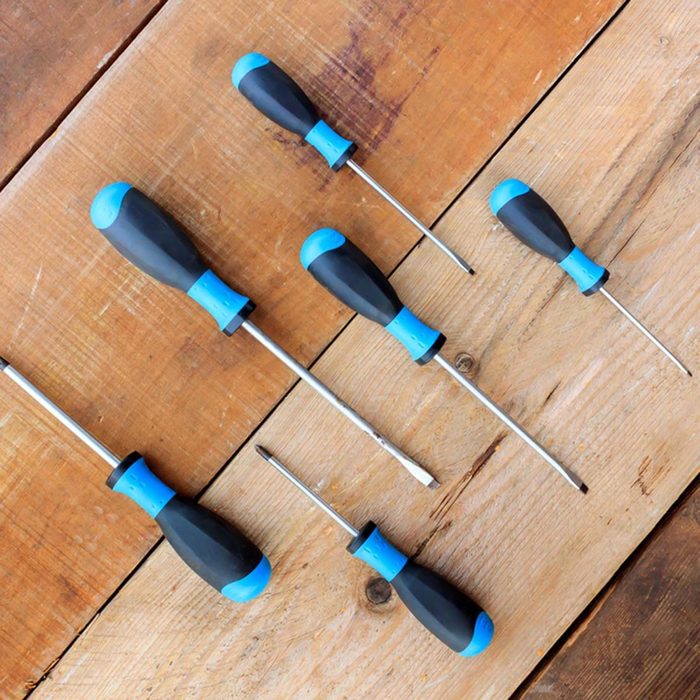
Fix handles
Next time the handle slides off your screwdriver or yard rake, try some super glue. Just place some around the end of the tool and slide the handle back on to let it dry.
These yard tool hacks will make your outdoor chores a heck of a lot easier.
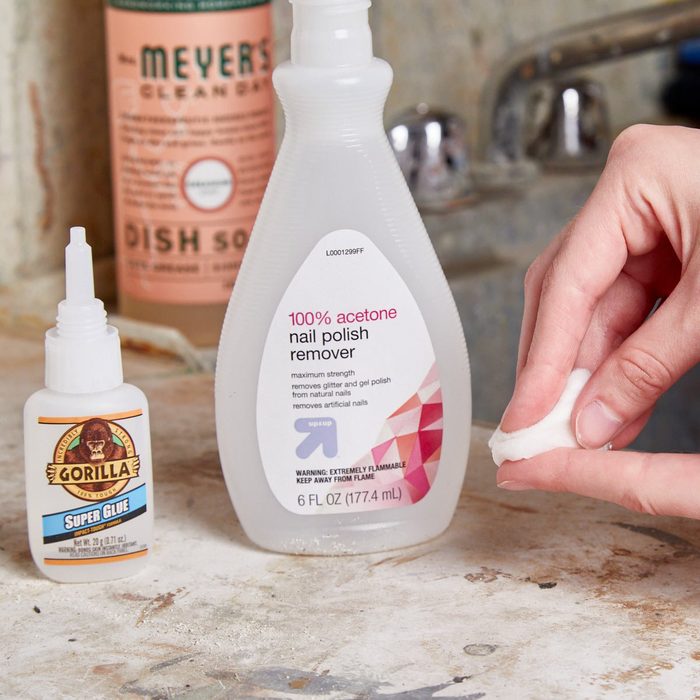
Protect fingers
If you’re working on a project that is tearing up the skin on your fingertips, reach for some super glue. Just add a thin layer, allow it to dry and you’ll have a hard barrier to prevent cuts and tears. Remove it by using nail polish remover with acetone.
Find out how to open a bottle without an opener.
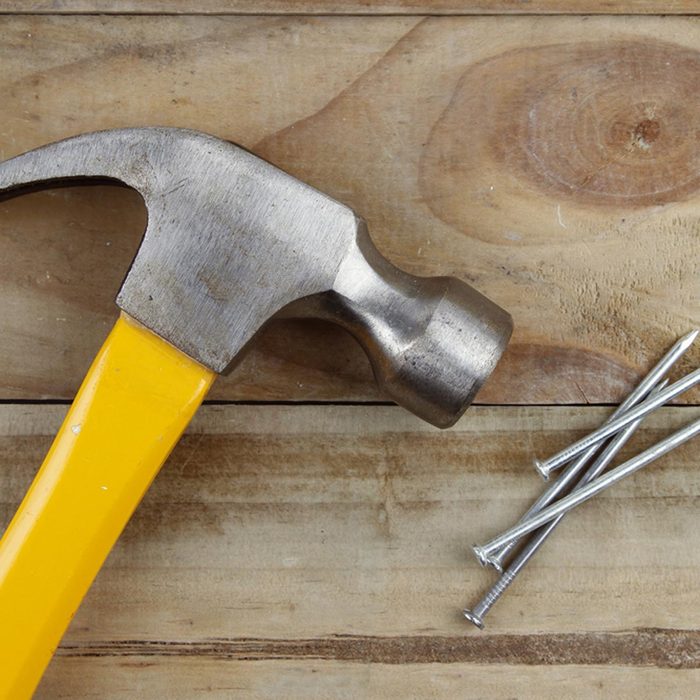
Help with woodworking
Trying to screw two pieces of wood together when you’re working by yourself can be a challenge. So try using super glue to secure the wood long enough so you can easily screw or hammer them together.
Grab any of these household products to remove water stains from wood.
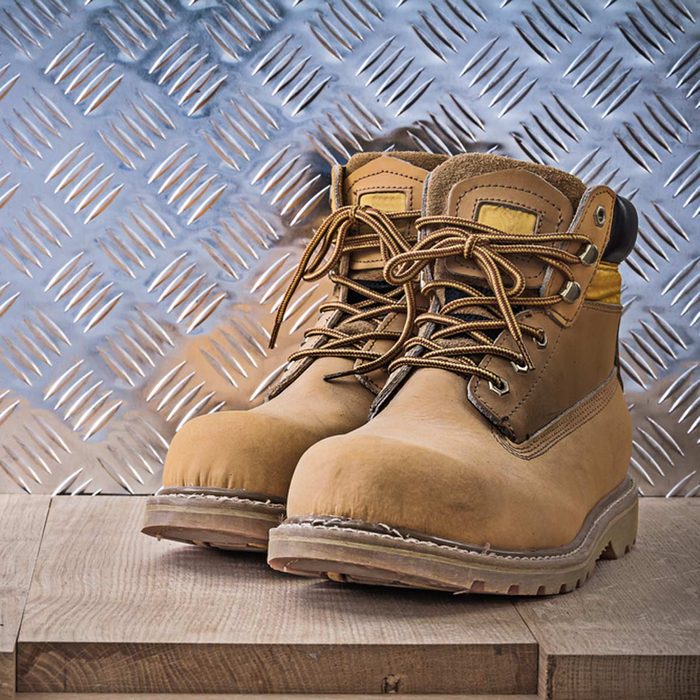
Shoe repairs
Is the sole of your favourite work boots starting to tear away? Use some super glue to repair wear and tear on your boots and shoes.
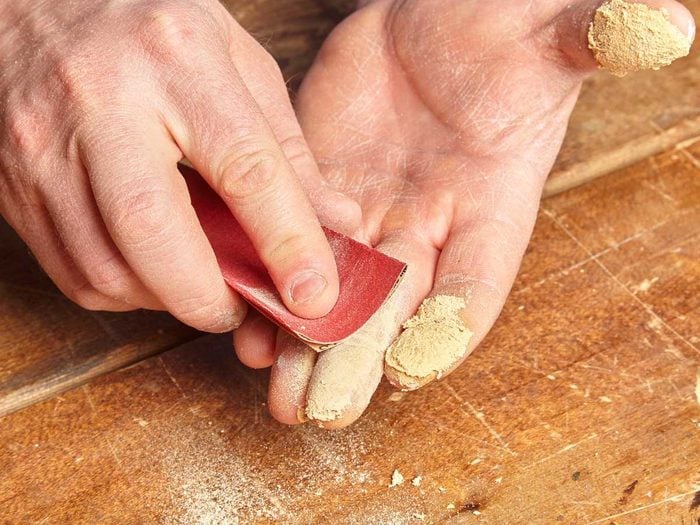
Remove super glue with sandpaper
Grab a piece of sandpaper to remove excess super glue from a material or from wood. Just watch out for the grit and how much glue you really need to remove. You don’t want to strip the paint off of something at the same time.
Got some old sandpaper? Here’s how to put sandpaper to good use around the house.
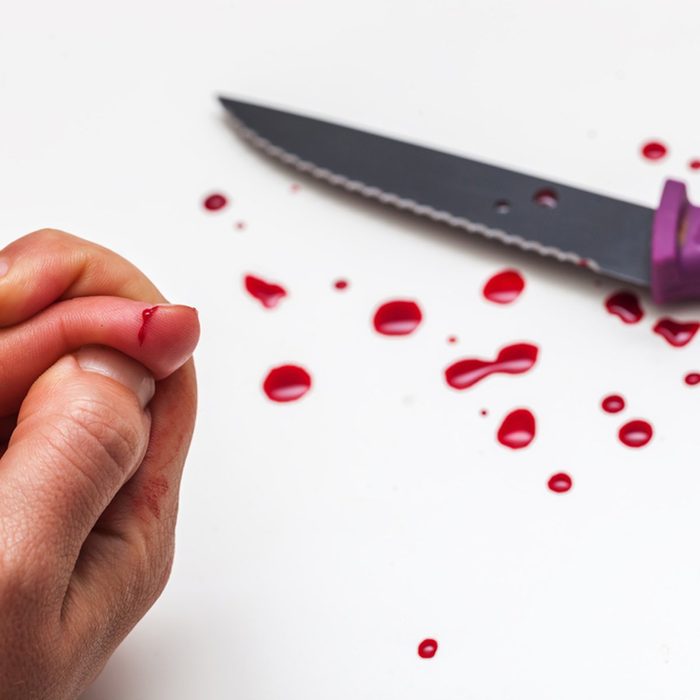
Close cuts and scratches
Keep a tube of super glue in your first aid kit to help seal cuts and wounds. Be sure to disinfect the area first, then apply a thin layer of glue. Hold the wound closed until the glue dries. For more serious injuries, skip the super glue and head to the emergency room.
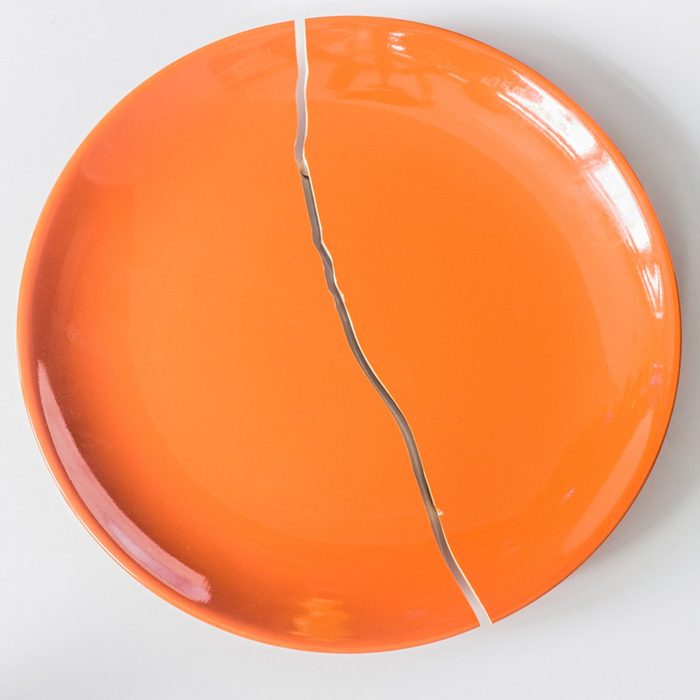
Fix dishes
Next time you open the dishwasher and find a cracked plate or bowl, try using some dishwasher safe super glue to piece it back together. It won’t look perfect, but it will be functional until you’re able to replace it.
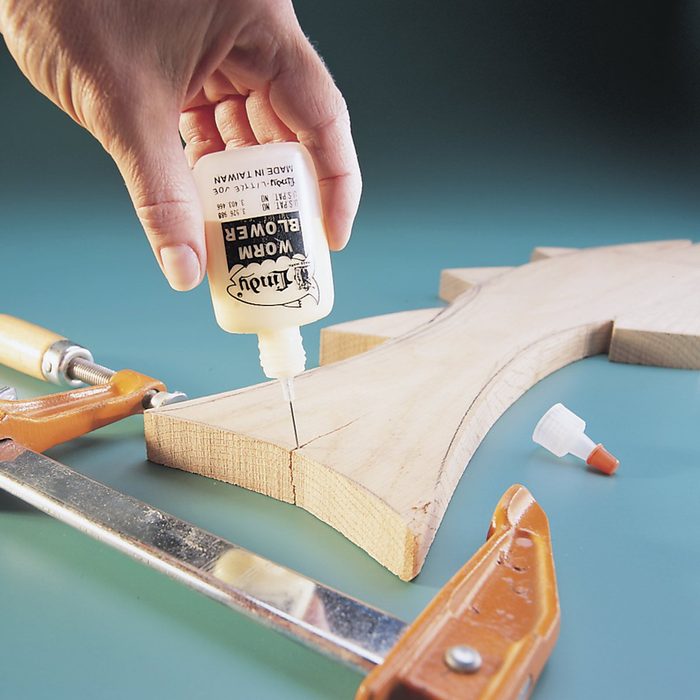
Worm blower glue injector
Reader P. J. Mullanney has a novel use for a Worm Blower (a small plastic bottle with a syringe tip used to inflate an earthworm so it floats and attracts fish). Use a Worm Blower to inject glue when repairing splits and cracks in projects. The air-powered needle tip shoots glue deep into the crack for a long-lasting repair. Just be sure to clean the glue from the syringe tip by squirting hot water through it when you’re finished.
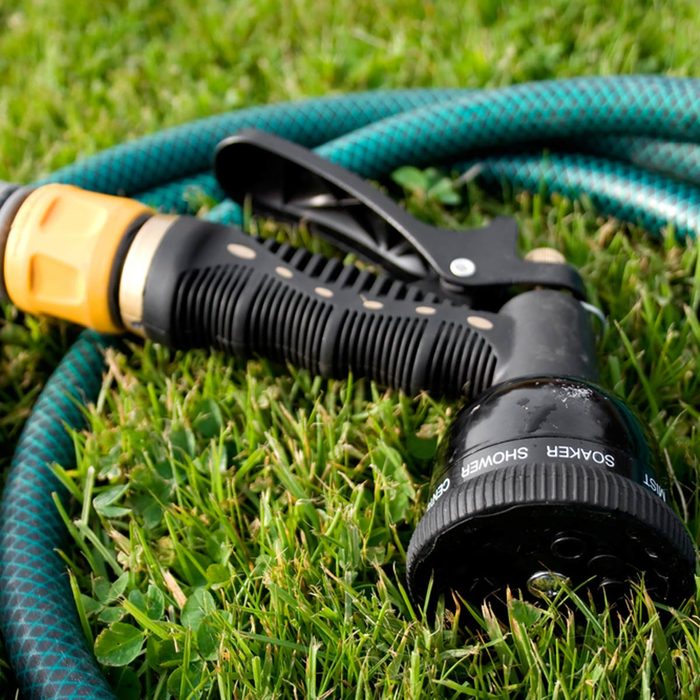
Seal a hose
Is your garden hose leaking or starting to split? Just use some super glue to seal a crack or hole.
These urban gardening tips are perfect for small spaces.
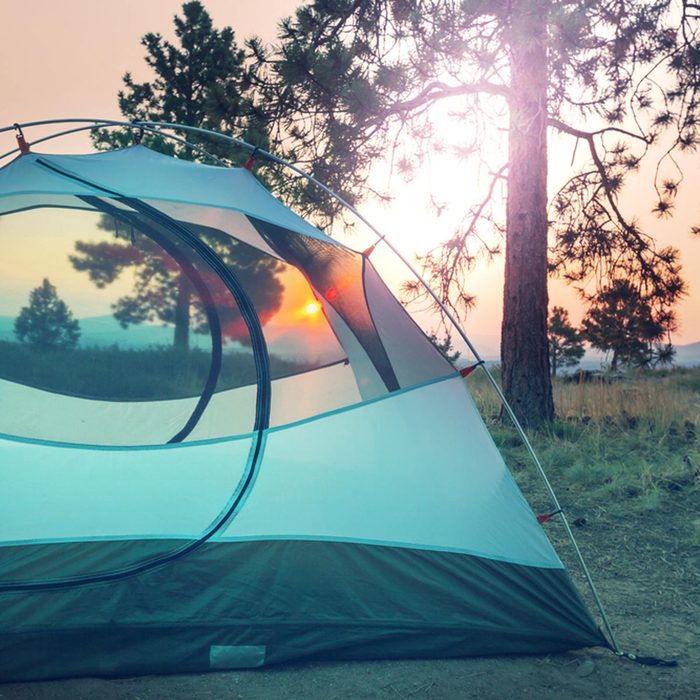
Repair a tent
The last thing you want when camping is a leaking tent. Before you head out into the woods, check your tent for any small tears and use super glue to patch them up and prevent the holes from getting bigger. You’ll need another piece of fabric or a piece of a heavy-duty tarp to make a patch. Next, use your super glue and patch to repair the tears and holes in your tent. Just make sure you don’t glue the tent sides together. To prevent this, set up the tent and then do the repairs.
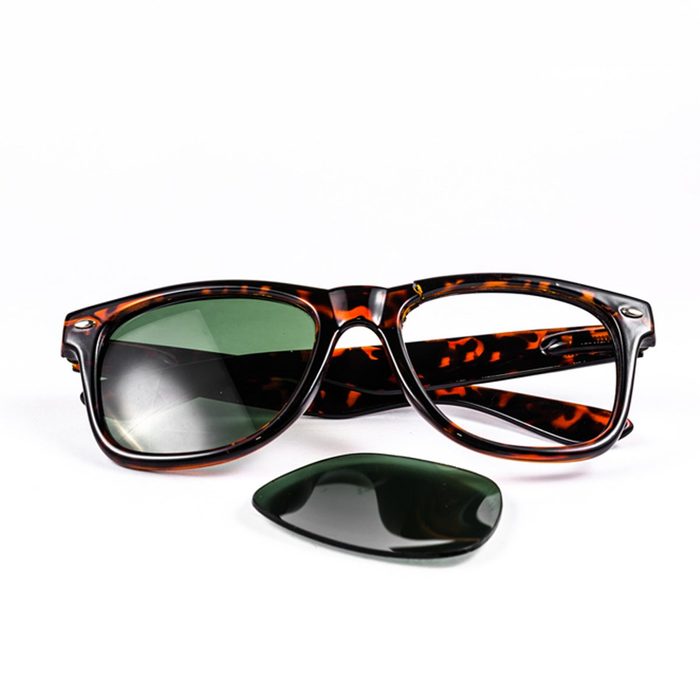
Fix some accessories
You can use super glue to fix your child’s hair clips, a broken pair of sunglasses or even a broken necklace or pair of earrings. Try keeping a small tube in your vacation bag so you don’t get stuck without your favourite accessory while travelling.
Here are more home repairs you can tackle in 10 minutes.
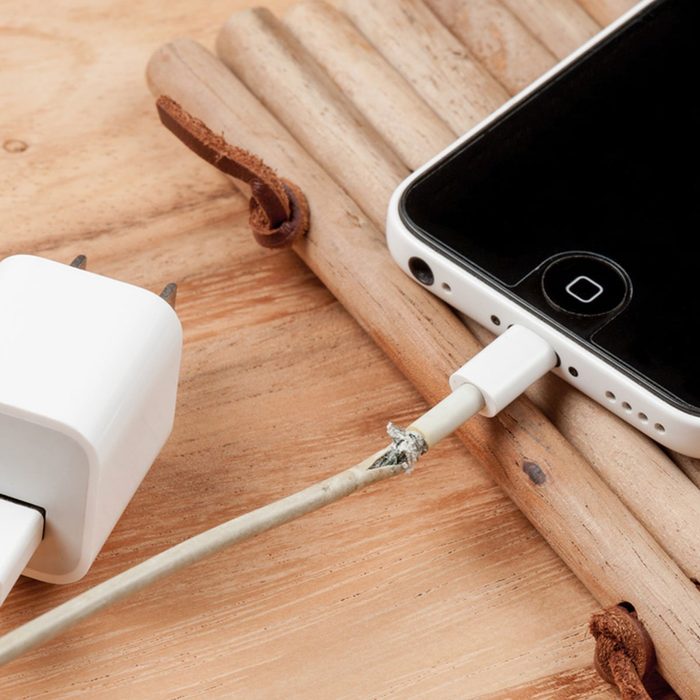
Repair fraying cords
If your phone charger cord is starting to fray, you can extend its life a little by using super glue to stop the fraying. Super glue can also be used to stop fraying on the end of rope.
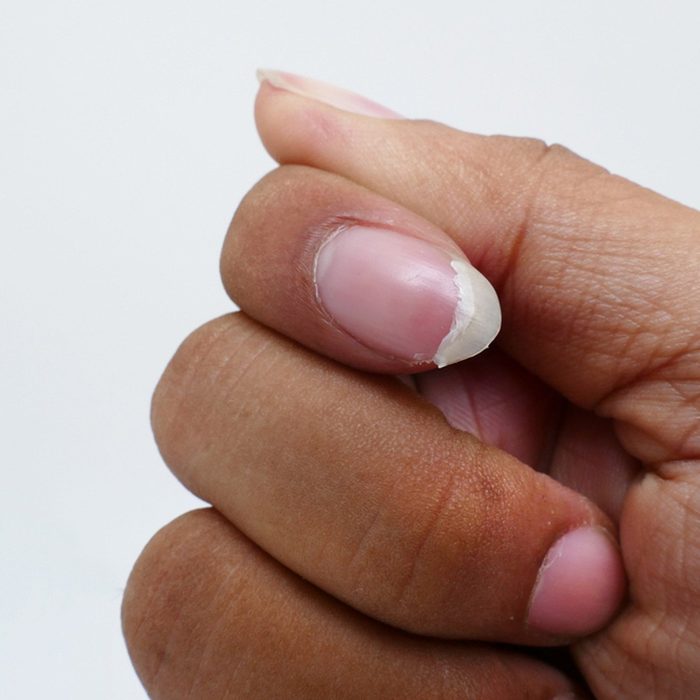
Fix a fingernail
You’re working in the shop when you break or crack a nail. Next time this happens, use some super glue to repair the crack, then once it’s dry, use a file to smooth it out.
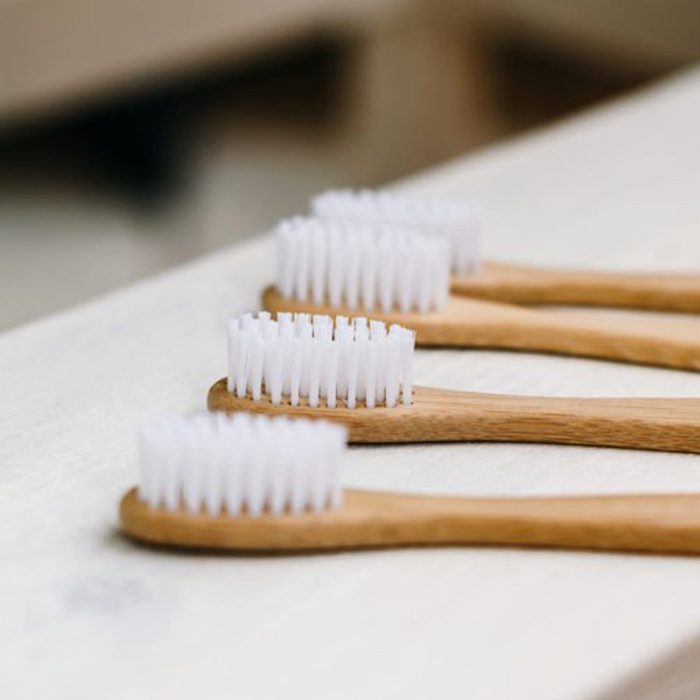
Spread super glue with a toothbrush
Old toothbrushes are great for gluing and avoiding a mess. When your toothbrush wears out, put it back into service as a glue spreader. No more spreading glue with my fingers or chips of wood. The soft-but-not-mushy bristles of an old toothbrush apply glue evenly and quickly. One swipe along the edge usually does the trick, coating the surface smoothly and evenly. Store the brush in a glass of water.
Check out the 20 things you should be cleaning with a toothbrush.
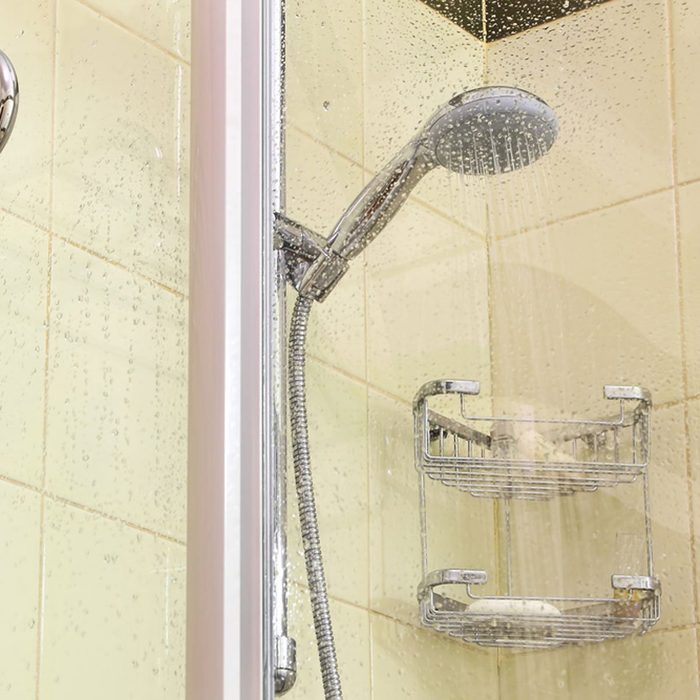
Keep shower items in place
Does your shower caddy slip off its hook? Super glue is waterproof once dry, so use it to keep your shower caddy or a shower hook in place. You can also use it for a quick tile repair if needed.
Don’t miss these other cleaning tips that actually work!
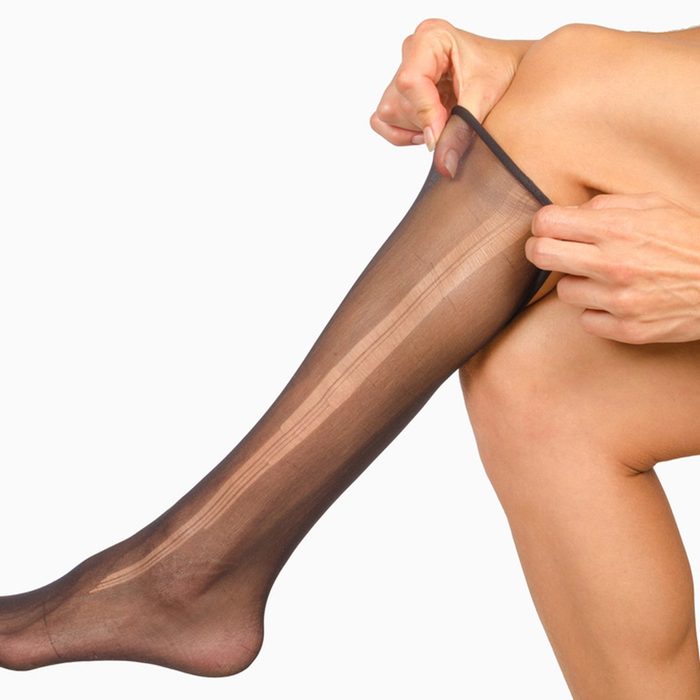
Stop runs
If you’re out and get a run in your nylons or tights, you can try super glue to stop the run from getting larger. Clear nail polish also works in the same way. This same trick can be used to stop a snag in your favourite sweater.
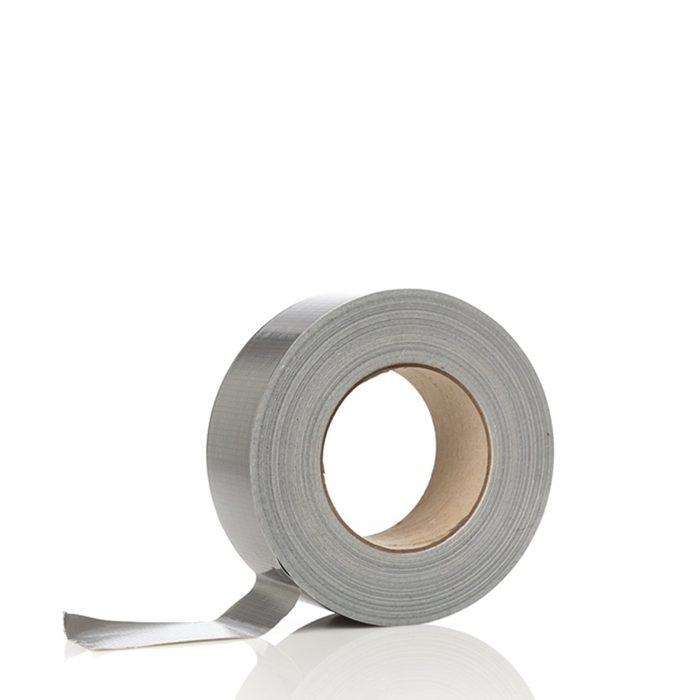
In place of duct tape
You know duct tape comes in handy for small repairs and quick fixes. If you run out of duct tape, try super glue in its place, as many of their uses can overlap.
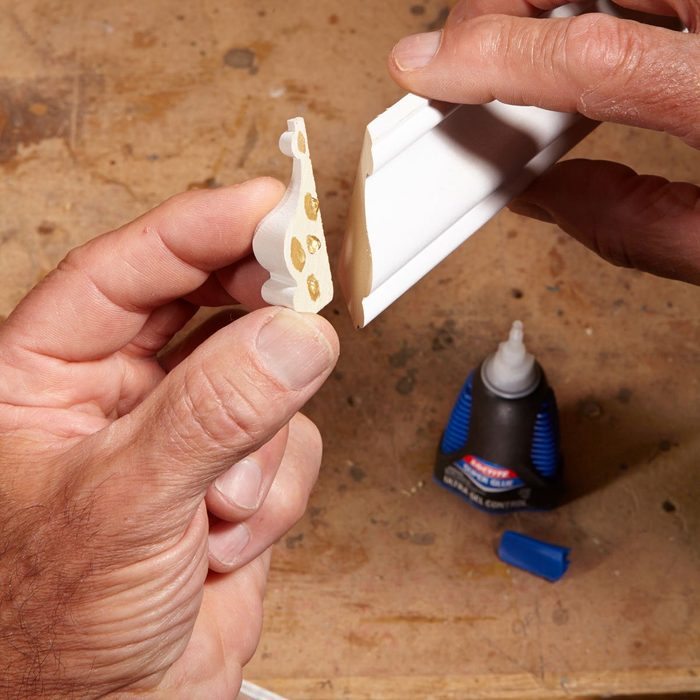
Attach small pieces with super glue
Of course, you reach for super glue (cyanoacrylate glue, or CA) to fix a broken teacup handle. But did you know that it works on wood, too? In fact, CA glue is really handy for attaching small trim pieces that would be hard to clamp. Just put three or four drops onto the parts and stick them together. We like the gel version of the CA glue because it doesn’t run off and make a mess.
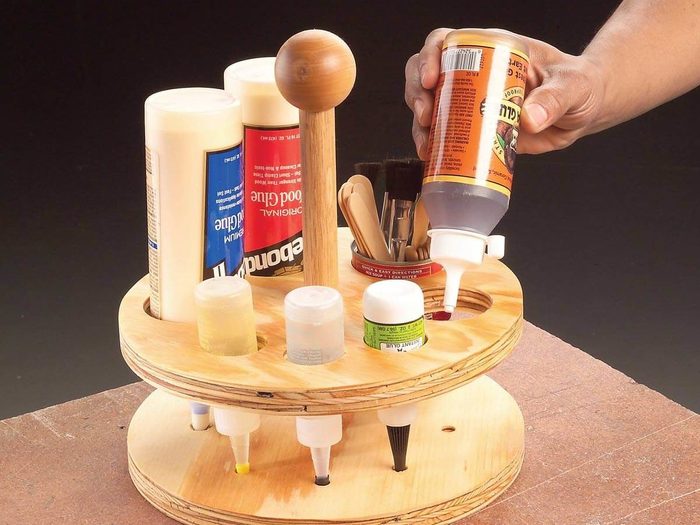
Glue bottle caddy
Here are four good reasons to build this glue caddy for your shop. First, no more hunting for the right type of glue; they’ll all be right at your fingertips. Second, you can store the containers upside down. That keeps the glue near the spout—no more shaking down half-filled bottles. Third, upside-down storage helps polyurethane glues last longer without hardening because it keeps the air out. Last, the caddy is so doggone handsome.
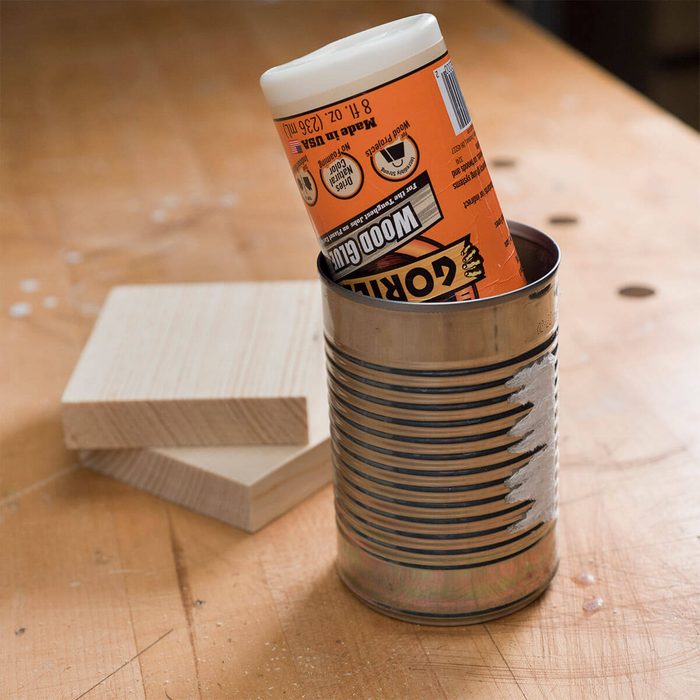
Tin can glue bottle storage
Or if you don’t have the time to build the project above, an empty tin can comes in handy for storing glue bottles upside down in the workshop. Storing glue upside down means you won’t have to wait (for what seems like an eternity) for the glue to slowly reach the top of the bottle so you can squeeze it out. It’ll be ready to go when you reach for it. A tin can fits neatly on a shelf or in a cabinet, and if any glue seeps out of the bottle, it’ll protect those surfaces. Be sure to clean the inside of the can thoroughly, so no food particles get on your glue bottle.
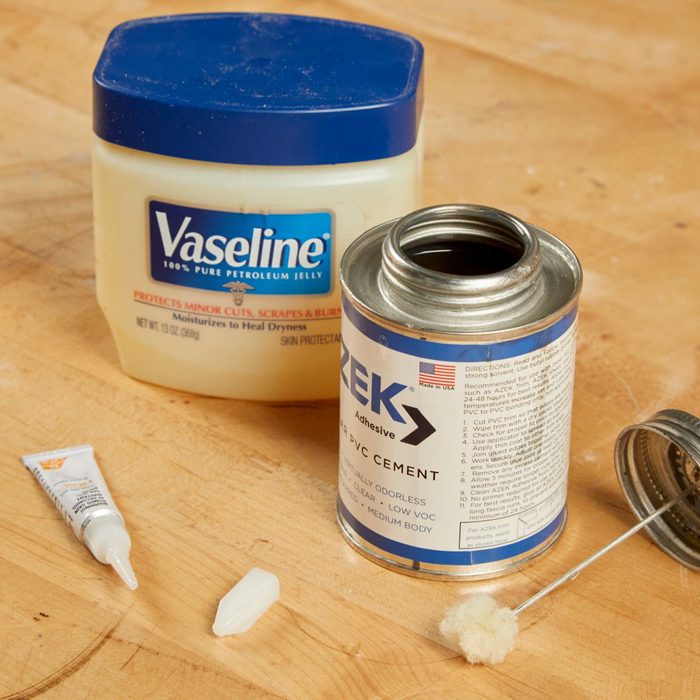
Why you should lubricate your glue caps and lids
Caps on certain adhesives/glues, like rubber cement and super glue, have a habit of getting stuck or glued on no matter how hard you try and keep them clean. This can be prevented by simply smearing a little coating of petroleum jelly onto the threads of the tube or lid. You just need a small dab of the petroleum jelly to prevent even more of a mess. Be sure to smear a little bit on before putting the cap back on the glue and it should prevent the cap from cementing on over time. So the next time you go to use your super glue, you’ll be able to open it with ease and get right to work!
Next, check out these brilliant household uses for steel wool!